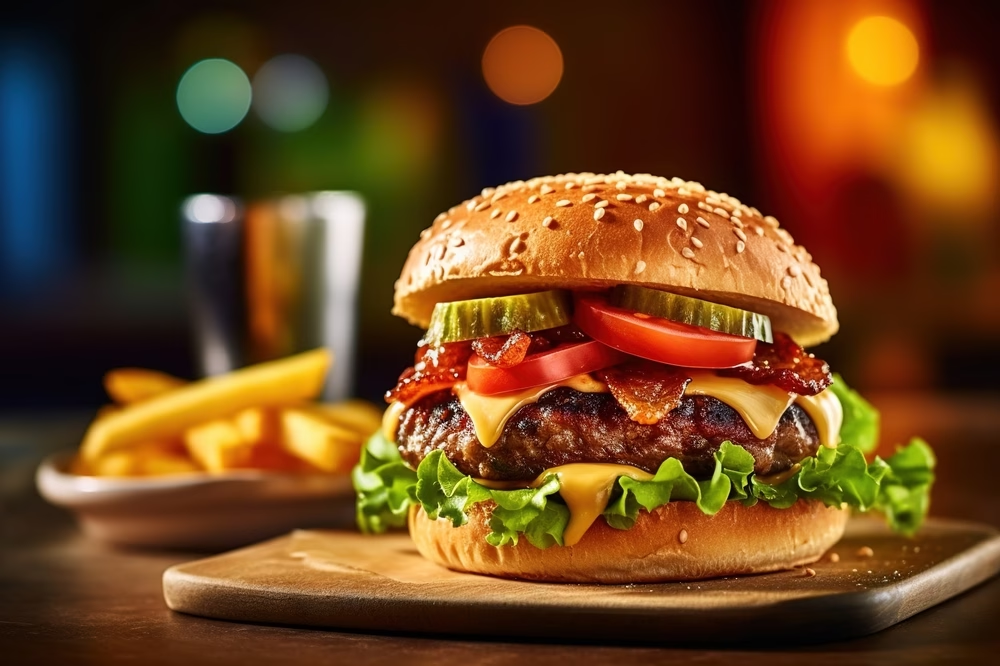Australia has finalised conditions allowing US and Canadian beef imports after an extensive government review, but the restaurant and pub industry is unlikely to see any significant changes to their beef sourcing, according to industry experts.
The Department of Agriculture, Fisheries and Forestry completed its assessment this week, establishing health certification and import permit conditions that will permit both US and Canadian beef entry into the Australian market. However, Meat & Livestock Australia (MLA) Managing Director Michael Crowley emphasised that the impact on local foodservice will be ‘minimal’.
Restaurant industry committed to local supply
The numbers tell the story of Australian dining preferences: more than 99% of beef served in the country’s supermarkets, pubs, and restaurants is sourced from Australia. This overwhelming dominance reflects both consumer preference and practical economics that are unlikely to shift with the new import permissions.
“Australians can and should continue to enjoy Australian beef with confidence,” Crowley stated. “It’s world-class, locally produced, and supports thousands of farming families and regional communities.”
For restaurant and pub operators, this translates to business as usual. The strong consumer preference for local beef, combined with Australia’s robust domestic production capacity, means foodservice establishments have little incentive to switch suppliers.
Economic factors favour the status quo
Several economic realities work against any potential surge in US beef imports that might affect restaurant sourcing. Australia produces approximately three times more beef than is needed to feed our domestic population, with around 70% of production exported globally.
The potential for large-volume US imports remains low due to high American domestic demand, a historically low US cattle herd, the strength of the Australian dollar, and competitive local supply chains that restaurants and pubs have built relationships with over decades.
Notably, while US beef has technically had market access since 2019, export volumes to Australia during that period have been negligible, indicating a limited appetite from both American exporters and Australian buyers to disrupt established trading patterns.
Biosecurity standards maintain quality assurance
The finalised import conditions follow comprehensive risk assessments designed to maintain Australia’s strict biosecurity standards – a factor that provides additional assurance to foodservice operators about the integrity of all beef entering the market.
Australia’s biosecurity regime is among the world’s strictest, with stringent safeguards designed to prevent the introduction of exotic diseases while maintaining food safety standards that restaurants and pubs depend on.
Opportunity in reverse trade flow
Interestingly, the bigger story for Australian restaurants may be the growing export success.
Australian beef exports to the US rose 24% year-on-year in June 2025, despite a 10% tariff introduced in April. This suggests a strengthening demand for Australian product quality internationally.
With the American cattle herd at its lowest point since 1951, the US industry increasingly relies on imports to meet domestic demand, creating ongoing opportunities for Australian producers that ultimately benefit local restaurants through a stronger domestic sector.
The new import permissions represent a technical trade development rather than a practical shift for Australia’s restaurant and pub sector, where local beef will continue to dominate menus and consumer preferences remain firmly anchored to home-grown quality.







